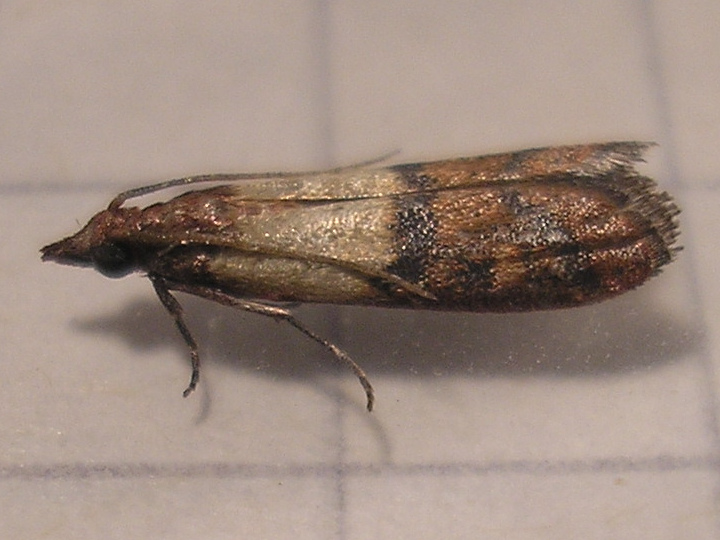
Pantry moths, officially called Indian Meal Moths, are a harmless yet destructive and discreet pest. With an unbeatable appetite, pantry moths invade kitchens and pantries to feed on various dry goods – including cereal, flour, dried fruit, dried herbs, nuts, and powdered milk.
How do pantry moths get inside?
Pantry moths most often come in through open doors, windows, vents, and even cable or plumbing lines that run through the walls in your home or business.
Think your groceries are safe? Think again. While in transit from the warehouse and supermarket to the store shelf, pantry moths can breach store products. In fact, their mouth parts are strong enough to penetrate cardboard and plastic, so even sealed goods are not safe.
Once inside, pantry moths can go unnoticed for several weeks to months. How? Because they tend to invade products you don’t often use in every meal. For instance, flour, breadcrumbs, and dried herbs. This gives the larvae plenty of time to rest and hatch into an adult.
Can pantry moths spread disease?
Fortunately, no. And, in the unlikely event of ingestion, they probably won’t make you sick. However, they can destroy the contents of your pantry, forcing you to throw out valuable food items.
Warning signs to watch out for
- Noticeable clumps inside the packaging of grains, starches, and flours
- Unpleasant odour due to the emitting of secretions
- Webbing on the packaging of products
- Live pantry moths discovered in clear packaged goods
How to control pantry moths
- Empty your pantry: Closely inspect each of your food items. Discard any products showing signs of infestation. If you use plastic containers to store any goods, transfer those goods to a temporary location, and wash the containers with hot water and detergent.
- Clean your kitchen: Wipe down all surfaces including the kitchen countertops, dining table, and breakfast benches. Be sure to wipe down all appliances as well. Remove the contents of your cupboards, drawers and pantry, and then thoroughly clean each surface with surface spray.
- Spot remove all live larvae and adult pantry moths throughout the cleaning process
How to prevent pantry moths
To help reduce the chance of another infestation, place a few pantry moth traps (available in supermarkets) in select areas of the kitchen and pantry. The pheromone on these products attract the pantry moths. When the moths investigate, they get stuck on the sticky walls inside the box. Best of all? These traps are food-safe.
When you are shopping, check the packaging of each product you buy. Keep an eye out for webbing, tiny holes (from nibbling), and live pests.
Another way to repel pantry moths is to strategically place natural bay leaves in your kitchen and pantry. The pungent smell will help keep moths away.
Still having no luck?
Book an appointment with a licensed pest expert. Without the need to clear out the whole kitchen and pantry, a technician will locate your pantry moths with maximum precision. They will then give you an obligation-free quote for a treatment plan that suits your unique requirements. All treatment options are 100 percent safe to use near pets, children, and those sensitive to allergies or asthma symptoms.
For professional and reliable pantry moth control, contact All Bugs today.


Leave a Reply